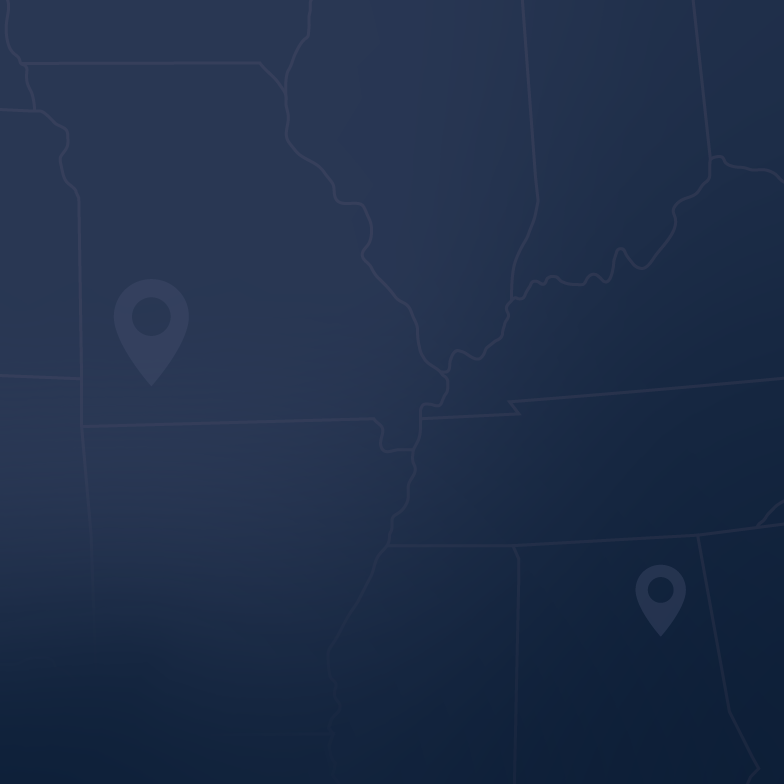
This document is intended as a best practice and may not address all situations during cabling work
Working in and around commercial buildings comes with the responsibility to perform tasks safely and avoid property damage. One commonly overlooked risk is the building’s fire sprinkler system. Damage to sprinkler heads or pipes – especially during cabling or ceiling work – can lead to extensive water damage and costly disruptions.
Below are key risks and best practices to help providers prevent and mitigate sprinkler-related incidents.
Risks of Sprinkler System Damage
- Water Damage: Fire sprinkler heads in commercial buildings discharge water at rates of 20–40 gallons per minute (GPM), with some systems exceeding 100 GPM, per NFPA standards. A single accidental impact – such as stepping on a supply line or striking a head during cabling – can cause significant flooding, damaging both the structure and its contents.
- Financial Costs: Water damage repair goes beyond fixing the sprinkler system. It may involve replacing drywall, flooring, electrical systems, furniture, inventory, and electronics – resulting in substantial costs.
- Project Delays: Accidental activation can halt progress. Cleanup and repairs may delay timelines, impacting broader project schedules and deliverables.
Measures for Providers to Prevent or Mitigate Sprinkler Damage
✔ Identify: Before starting work, locate sprinkler heads and lines. Be aware that some may be concealed under insulation or above ceilings.
✔ Protect: Use temporary barriers or coverings around sprinkler heads and lines when working nearby to prevent accidental contact.
✔ Lighting: Utilize hands-free lighting (e.g., headlamps or task lights) to improve visibility in ceiling spaces and identify utilities.
✔ Inform Your Team: Ensure all team members are aware of sprinkler system locations within the work area.
Response Plan for Sprinkler Damage
If a sprinkler head or line is damaged, water will continue to flow until the system is shut off. Be prepared:
✔ Locate Shut-Off Valves: Identify the main and zone-specific shut-off valves before work begins. These valves are often secured in locked rooms or chained to prevent accidental shutdown. Coordinate with the building owner or Buyer to establish a shut-off plan in case of emergency.
✔ Carry a Shut-Off Tool: Keep a fire sprinkler shut-off tool (e.g., Shutgun or Quickstop) in your tool kit. These tools can temporarily seal activated sprinkler heads and minimize water damage.
✔ Document the Incident: Immediately take photos and videos of any damage for reporting and insurance purposes.
✔ Report Promptly: Notify the building owner and/or Buyer so repairs can be made and the sprinkler system reactivated safely.
Summary
To prevent property damage from sprinkler systems:
- Plan ahead
- Use protective measures
- Establish a clear mitigation strategy
Effective communication with building stakeholders and preparedness are key to minimizing risk and ensuring safe, efficient work environments.
This information is provided by Intact Insurance Specialty Solutions, the marketing brand for the insurance company subsidiaries of Intact Insurance Group USA Holdings Inc., including Atlantic Specialty Insurance Company, Homeland Insurance Company of New York, Homeland Insurance Company of Delaware, OBI America Insurance Company, The Guarantee Company of North America USA, or OBI National Insurance Company. This document is provided for general informational purposes only and does not constitute and is not intended to take the place of legal or risk management advice. Readers should consult their own legal counsel or other representatives for any such advice. This document does not purport to identify all possible or significant hazards at a premises or in your operations. In addition, it does not undertake to bring you into full compliance with any local, state or federal health or safety laws or contractual obligations. Further, by providing this document, we do not assume any obligations you may have to identify, manage, control or correct any hazard on your premises or in your operations.








